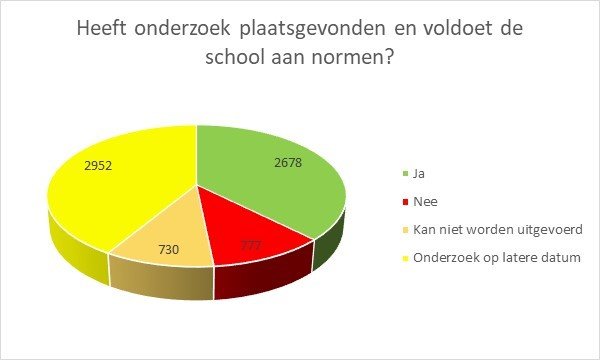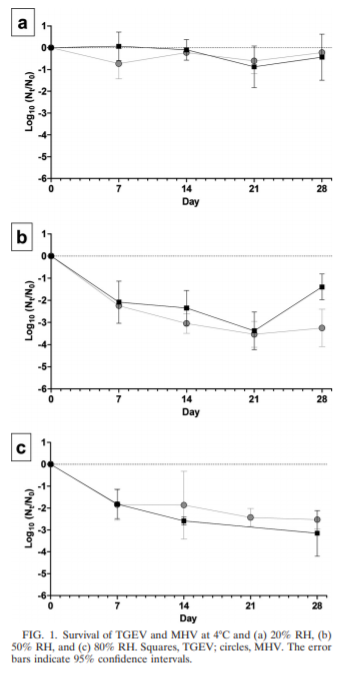For feeling comfortable indoor, humidity is one of the most important factors, both physical and mentally. Where temperature is immediately perceived (‘cold in here’), humidity is also one of the most important factors for feeling comfortable indoors. Besides, temperature and humidity go hand-in-hand. Besides, humidity plays a factor in the growth of molds and other allergens.
Indoor air humidity
Humidity is the concentration of water vapor present in the air. Humidity depends on the temperature and pressure. Warm air is able to bind more water than cold. The same amount of water vapor results in higher humidity in cool air than warm air. So, humidity is also important how we experience the temperature. Many measurements of humidity consist of relative humidity: how much water there is in the air relative to the maximum of water it can contain given the same temperature. Regulation the indoor humidity and temperature go together.
Effect of humidity on well-being and health
Humans are more sensitive to changes in temperature than in relative humidity. However, humidity is an important factor in thermal comfort: the condition of mind that expresses satisfaction with the thermal environment. Outdoor, humidity has a much stronger influence at higher than at low temperatures.
Human bodies use evaporative cooling to regulate temperate as primary mechanism. The rate of which perspiration evaporates on the skin is under humid conditions lower than in arid ones. Humans feel warmer at a relative high humidity, because humans perceive the rate of heat transfer from the body rather than the temperature itself.
High humidity (‘humid air’) or low humidity (‘dry air’) can have negative effects on well-being and health. You can feel some effects immediately and they disappear when the humidity is adjusted (or when you leave the room), some effects may rise years later.
Effects of dry air
Dry air may cause:
- Dry eyes
- Chapped lips
- Bloody nose
- Itching of the nose
- Irritation of the skin
- Allergy problems and asthma
Tissue lining of the nasal passages may dry and crack due to low humidity. Besides, it may become more susceptible to penetration of the rhinovirus cold viruses. Very low humidity not only may create discomfort, but respiratory problems and aggravate allergies.
When humidity drops below 20%, it may cause eye irritation.
Dry air during winter
You have probably experienced yourself: at winter, indoor air quality is often rather dry. When temperature decreases under 0°C, relative humidity can drop to 20%. However, ‘good’ indoor humidity should be between 20 and 40%. Especially in winter, a humidity above 30% is preferred to reduce the change that the nasal passages dry out.
The cause of dry air is often the room temperature. That’s why room temperature should be kept under 22°C (72°F).
Humid air
Some effects of humid air indoor:
- Fatigue
- Frizzy hair
- Feeling hot or sweaty
- Sleep interruptions
- Respiratory problems
- Allergy problems and asthma
As said above, some people may suffer respiratory problems. Some of these problems may be related to conditions as asthma or may be caused due to anxiety. Many people hyperventilate as response. This causes feelings such as loss of concentration, numbness or faintness.
Humid air during summer
During summer, the ideal indoor humidity is between 30% to 50%, following the high humidity outside. In any case, constant humidity must be kept under 60%, to prevent the growth of microbes.
Humid air during winter
In some cases, the indoor humidity may rise above 45% during winter. Mostly this is caused by human activity with poor ventilation. The most immediate visible effect is condensing on cold surfaces as windows. When there is often the case of humid air, condense may affect the structure of the building and can cause health problems.
Solutions like Airmex can help you to monitor your humidity, for a comfortable, safe and healthy working environment.


